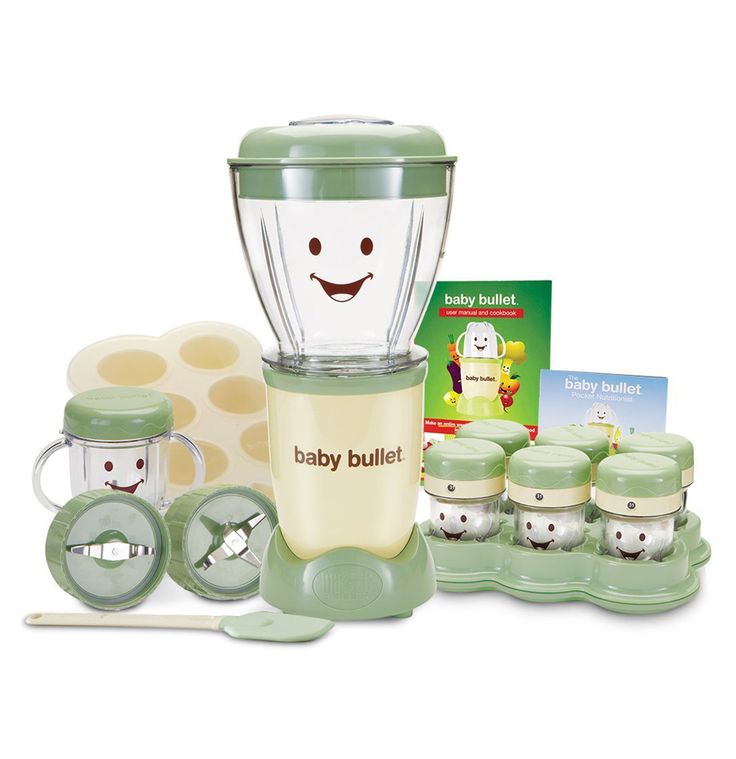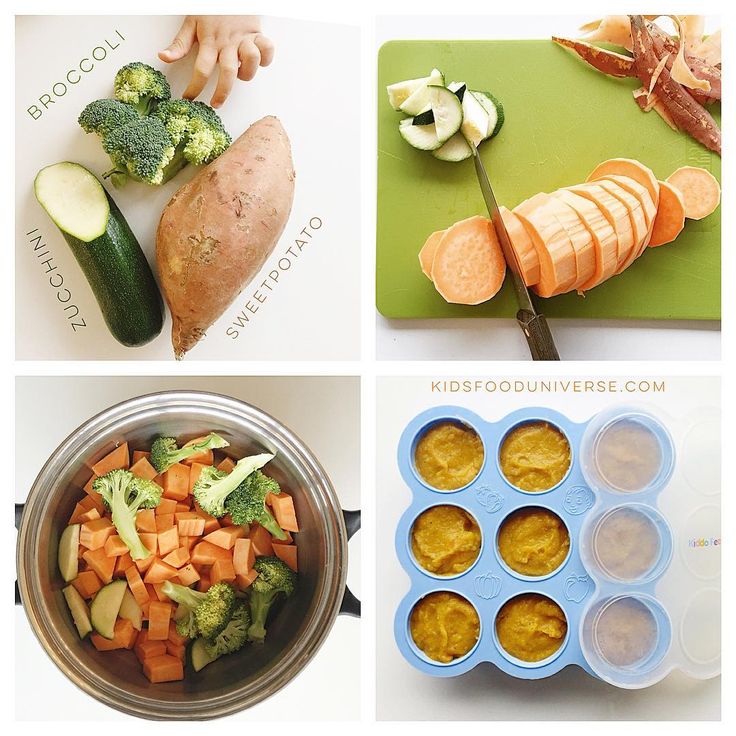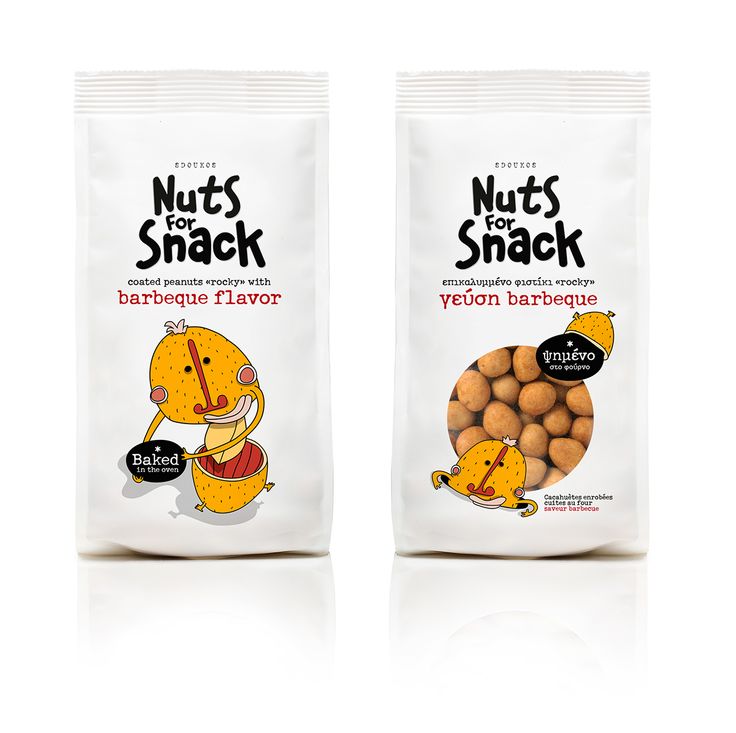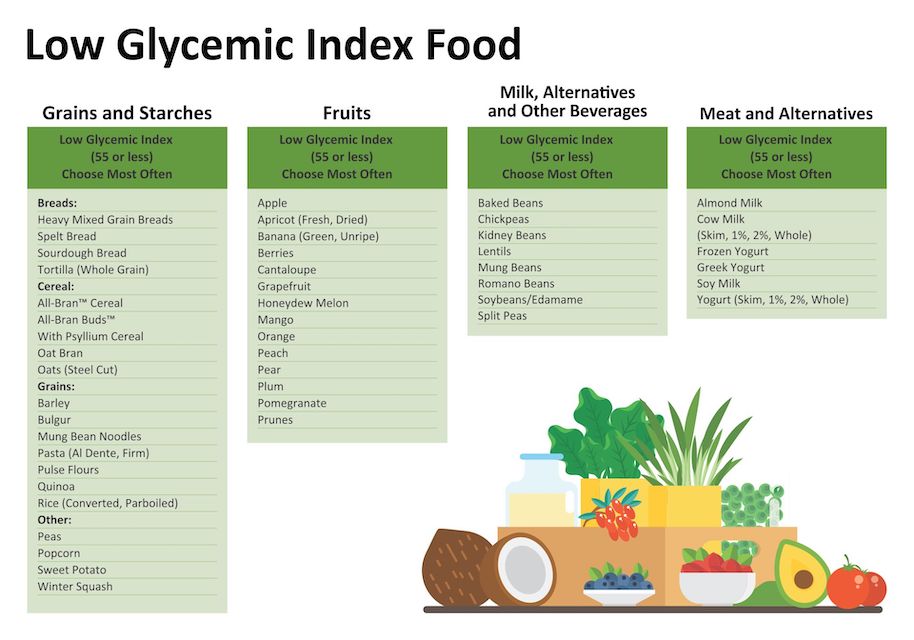Blend food for baby
Best Baby Food Combinations (50 Easy Recipe Ideas + Tips)
Learn this simple approach to making baby food combinations with this master list of ideas. With this post, you’ll always have ideas for easy baby meals that both taste great and are realistic for you to execute…even with a busy schedule!
Baby Food Combinations
Moving from single ingredient baby foods to combinations in stage 2 baby food is such a fun stage of feeding babies because things can get so much more flavorful and interesting! And it means that you can batch cook basic purees and then combine them in so many delicious ways to keep things interesting and nutrition varied.
And while I am not opposed to sometimes buying baby food, each of these ideas is super easy—even if you are very busy. I love to have a stash of these in the freezer to use for quick meals in a pinch. (And to be honest, we still use them in the toddler years as easy ways to offer up veggies!)
TIP: Scroll to the recipe at the end of the post for all of the details, and read through the post for answers to common questions and basics about making baby food combos.
Ingredients in Baby Food Combinations
To make the baby foods in this post, you’ll need basic ingredients (that will obviously vary according to which specific puree you choose). The base purees are made with:
- Apples
- Bananas
- Blueberries
- Butternut Squash
- Carrots
- Mango
- Pear
- Peas
- Spinach
- Sweet Potatoes
TIP: Then, to mix things into combinations, you can add in peanut butter, plain whole milk yogurt, Baby Oatmeal, Baby Rice Cereal, and other purees including those made with beans, chicken, pineapple, avocado, peach, and more.
How to Make Stage 2 Baby Food Combinations Step-by-Step
Here’s a look at the simple process involved in making this sort of stage 2 baby food. Scroll down to the bottom of the recipe for the full information.
- Make your base purees.
- Store or freeze until ready to combine.
- Stir together the purees, adding any optional spices or ingredients, until uniform.
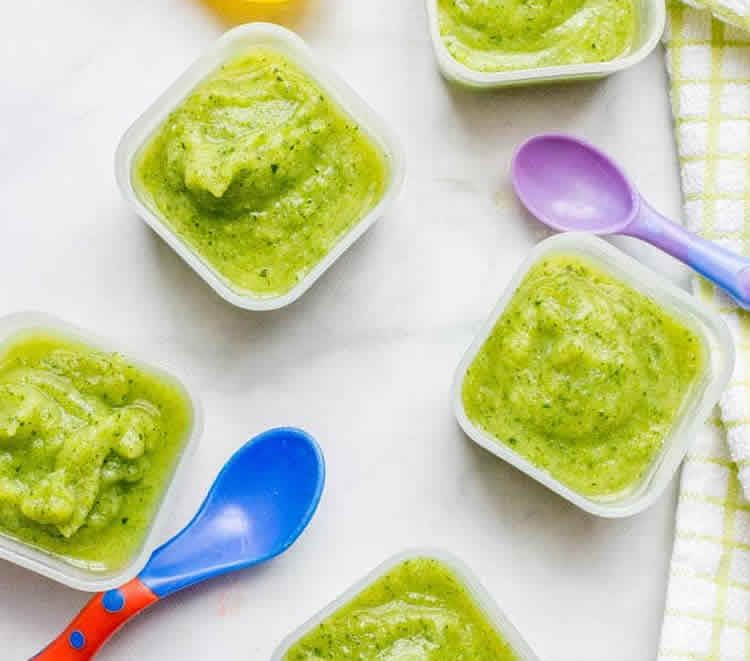
- Serve with a spoon or in a reusable pouch.
TIP: I like to make the single ingredient purees and freeze them, then mix and match frozen cubes of purees into yummy combinations. This ensures that you have flexibility to adjust if baby doesn’t love one combination and that you can change up the flavors you’re offering regularly.
How do you combine baby food?
With the way I do it, you simply make two purees (or one puree if you plan to combine it with something like yogurt or oatmeal) and mix them together. You can really do any combinations that sound good to you. I have 10 base purees and 5 easy combination ideas for you to get started, but then you can totally run with it!
Best Baby Food Containers
For storing baby food, I like these Wean Green Storage Cubes (they are glass and are insanely durable—I’ve been using the same set for 8 years), these Beaba Clip Containers, and these Wee Sprout Containers. My go-to reusable pouches include this silicone one from Squeasy Gear and these Wee Sprouts BPA-free plastic ones.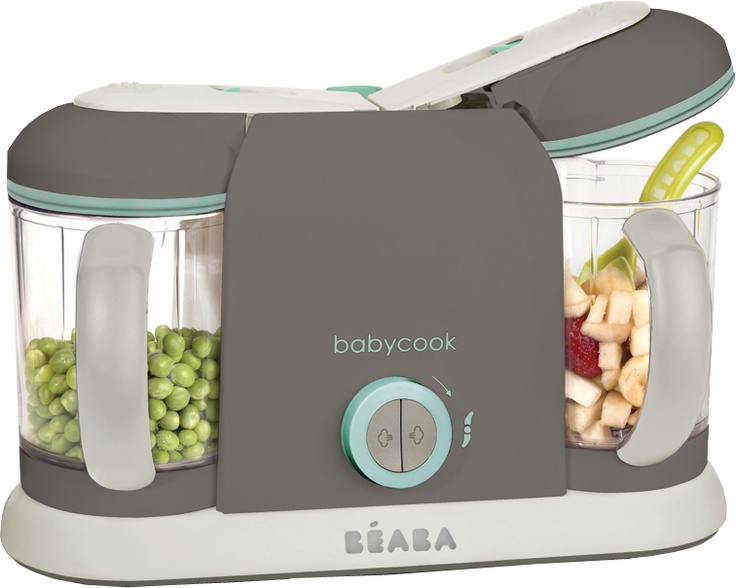 (I prefer the 3 ounce size for babies in both pouch options.)
(I prefer the 3 ounce size for babies in both pouch options.)
Apple Baby Food Ideas
Once you make basic Apple Puree, you can combine it with so many yummy flavors!
- + plain whole milk yogurt = Apple Yogurt
- + Baby Oatmeal = Apple Oatmeal
- + Spinach Puree = Apple Spinach Baby Food
- + Carrot Puree = Apple Carrot Baby Food
- + Butternut Squash Puree = Apple Squash Baby food
Banana Baby Food Ideas
Try these easy combinations that start with Banana Puree.
- + Peanut Butter Puree = Banana Peanut Butter Baby Food
- + plain whole milk yogurt = Banana Yogurt
- + Baby Oatmeal + Banana Oatmeal
- + Bean Puree = Banana Bean Puree
- + Avocado Puree + Banana Avocado Puree
Baby Food Combinations with Blueberries
Start with Blueberry Puree, then transform it into these fun flavors.
- + plain whole milk yogurt = Blueberry yogurt
- + Baby Oatmeal = Blueberry Oatmeal
- + Banana Puree = Blueberry Banana Puree
- + Mango Puree = Blueberry Mango Puree
- + Peach Puree = Blueberry Peach Puree
Baby Food Combinations with Butternut Squash
Smooth Butternut Squash Puree is a great base as it’s rich in nutrients and has a naturally mild flavor. (Any of these would be great with a tiny pinch of cinnamon.)
(Any of these would be great with a tiny pinch of cinnamon.)
- + Pear Puree = Squash Pear Puree
- + Bean Puree = Squash Bean Puree
- + Banana Puree = Squash Banana Puree
- + Applesauce = Squash Apple Puree
- + plain whole milk yogurt = Squash Yogurt
Baby Food Combinations with Carrots
Start with Carrot Puree, then add in new flavors!
- + Apple Puree + Sweet Potato Puree = Carrot Apple Sweet Potato Puree
- + Pear Puree + Sweet Potato Puree = Carrot Pear Sweet Potato Puree
- + Banana Puree = Carrot Banana Baby Food
- + Quinoa Baby Food = Carrot Quinoa Baby Food
- + Bean Puree = Carrot Bean Puree
Baby Food Combinations with Mango
Mango Puree is a cinch to make and is so intensely flavorful—which makes it play really well with other purees!
- + plain whole milk yogurt = Mango Yogurt
- + Baby Oatmeal = Mango Oatmeal
- + Banana Puree = Mango Banana Puree
- + Avocado Puree = Mango Avocado Puree
- + Peach Puree = Mango Peach Puree
Pear Baby Food Combinations
Ripe pears make delicious Pear Baby Food that freezes and combines well.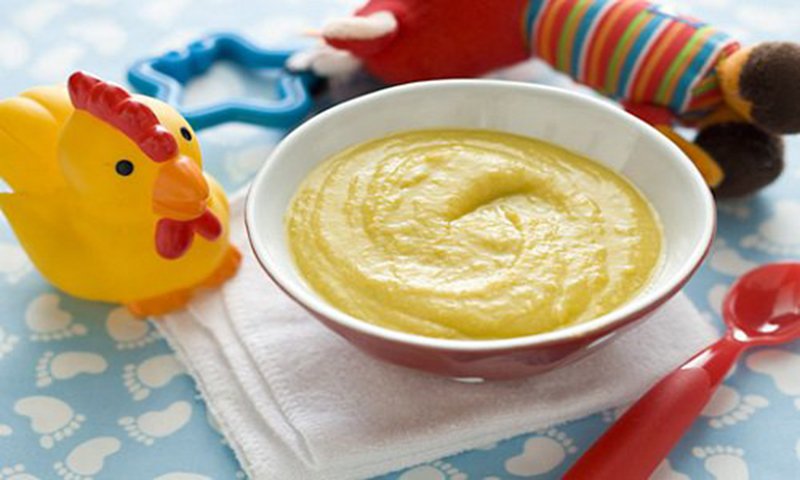
- + Avocado Puree = Pear Avocado Puree
- + Baby Oatmeal + Cinnamon = Pear Cinnamon Oatmeal
- + Banana Puree = Pear Banana Puree
- + Pea Puree = Pear Pee Puree
- + Carrot Puree = Pear Carrot Puree
Baby Food Combinations with Peas
Keep a bag of frozen peas in the freezer and homemade Pea Puree is just minutes away. Then try:
- + Apple Puree = Pea Apple Puree
- + Pear Puree = Pea Pear Puree
- + Mango Puree = Pea Mango Puree
- + Banana Puree = Pea Banana Baby Food
- + Pineapple Puree = Pea Pineapple Puree
Baby Food Combinations with Spinach
My Spinach Baby food already has peas in it (to ensure it’s smooth and mellow in flavor). You can also combine it with:
- + Apple Puree = Spinach Apple Puree
- + Pear Puree = Spinach Pear Puree
- + plain whole milk yogurt = Savory Spinach Yogurt
- + Quinoa Baby Food and pinch Parmesan cheese = Spinach Parmesan Quinoa
- + Bean Puree = Spinach Bean Puree
Sweet Potato Baby Food Ideas
Start with a batch of Sweet Potato Baby Food and then try these yummy options:
- + Chicken Puree = Sweet Potato Chicken Baby Food
- + Bean Puree = Sweet Potato Bean Puree
- + Applesauce = Sweet Potato Applesauce
- + Carrot Puree + Cinnamon = Cinnamon Sweet Potato Carrot Puree
- + Bean Puree + Cumin = Mexican Sweet Potato Bean Puree
How to Store Baby Food—and Send it to Daycare
I prefer to freeze batches of baby food in a silicone ice cube tray overnight, transfer it to a zip top freezer bag, then store it until I’m ready to serve or combine it. You can then mix and match from the single ingredient purees you have in the freezer by adding a cube or two of two purees to a container. If you do that the night before you plan to serve the food, it will thaw and be ready to stir together.
You can then mix and match from the single ingredient purees you have in the freezer by adding a cube or two of two purees to a container. If you do that the night before you plan to serve the food, it will thaw and be ready to stir together.
This makes it easy to batch cook and have a lot of option to feed baby at home or at daycare.
Tips for Making the Best Baby Food Combinations (Stage 2 & Stage 3)
- These Stage 2 baby foods are great to introduce after baby has started solids with single ingredient baby foods.
- For a 6 month old baby, 1-2 tablespoons baby food may be plenty for a single serving. For a 9 month old baby, they might want ¼ cup or more.
- Adjust the servings based on your child’s hunger, using a roughly one to one ratio of the purees in each combination.
- Read more about the differences in Baby Food Stages here.
- Find my best tips for Baby Food Storage here.
- Add in a little mashed avocado, coconut oil, or Prune Puree to help with baby constipation.

- Serve with a spoon or in a reusable pouch.
I’d love to hear your feedback on these ideas, so please comment and rate the recipe ideas below! I appreciate all of your comments so much.
Prep Time 15 minutes
Cook Time 10 minutes
Total Time 25 minutes
Author Amy Palanjian
Cuisine American
Course Baby Food
Calories 5kcal
Servings 6
1-2 tablespoons Butternut Squash Puree and with one of the following
- ▢ 1-2 tablespoons Pear Puree
- ▢ 1-2 tablespoons Bean Puree
- ▢ 1-2 tablespoons Banana Puree
- ▢ 1-2 tablespoons Applesauce
- ▢ 1-2 tablespoons plain whole milk yogurt
1-2 tablespoons Spinach Puree and one of the following:
- ▢ 1-2 tablespoons Apple Puree
- ▢ 1-2 tablespoons Pear Puree
- ▢ 1-2 tablespoons plain whole milk yogurt
- ▢ 1-2 tablespoons Quinoa Baby Food and pinch Parmesan cheese
- ▢ 1-2 tablespoons Bean Puree
1-2 tablespoons Sweet Potato Puree and one of the following:
- ▢ 1-2 tablespoons Chicken Puree
- ▢ 1-2 tablespoons Bean Puree
- ▢ 1-2 tablespoons Applesauce
- ▢ 1-2 tablespoons Carrot Puree and pinch cinnamon
- ▢ 1-2 tablespoons Bean Puree and pinch cumin
Prepare each puree.
 Freeze in a silicone ice cube tray, transferring the cubes to a freezer bag once solid, or store in the refrigerator as needed.
Freeze in a silicone ice cube tray, transferring the cubes to a freezer bag once solid, or store in the refrigerator as needed.Place roughly equal amounts of the two (or more) purees you plan to combine into a bowl. Stir together. (If the purees are frozen, place a cube or two of each into a bowl or storage container. the night before you plan to serve and let thaw overnight in the fridge before stirring together. Or thaw at room temperature for about 2 hours.)
Serve or store for later.
Mixing Bowl
Reusable Pouch
Silicone Ice Cube Tray
- Taste the purees and add more of a sweeter one if needed.
- Add small pinches of spices like cinnamon, ground ginger, and cumin to add flavor.
- Add small pinches of ground flaxseed to add healthy fats.
- Serve with a baby spoon or in a reusable pouch.
- Pack for daycare if needed in small airtight containers.
- Serve cold or warm just slightly.
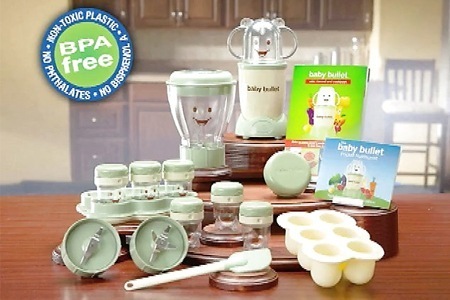
- If. baby has a dairy intolerance, use a nondairy, unsweetened nondairy yogurt.
- If baby has a nut allergy, use a nut-free alternative that's unsweetened such as Sunbutter.
Calories: 5kcal, Carbohydrates: 1g, Protein: 1g, Fat: 1g, Saturated Fat: 1g, Polyunsaturated Fat: 1g, Monounsaturated Fat: 1g, Cholesterol: 1mg, Sodium: 2mg, Potassium: 11mg, Fiber: 1g, Sugar: 1g, Vitamin A: 30IU, Vitamin C: 1mg, Calcium: 5mg, Iron: 1mg
Tried this recipe?Rate in the comments and tag @yummytoddlerfood on IG!
Baby Food Recipes & Blends
To get your baby on track to become a lover of good, healthy food, it’s important to start early. Nix highly processed foods in favor of homemade puréed baby foods and blends that combine nutritious and delicious flavors. Continually exposing your child to colorful and delicious flavors will set a pattern and help guide your baby to grow up and reach nourishing whole foods when they’re hungry.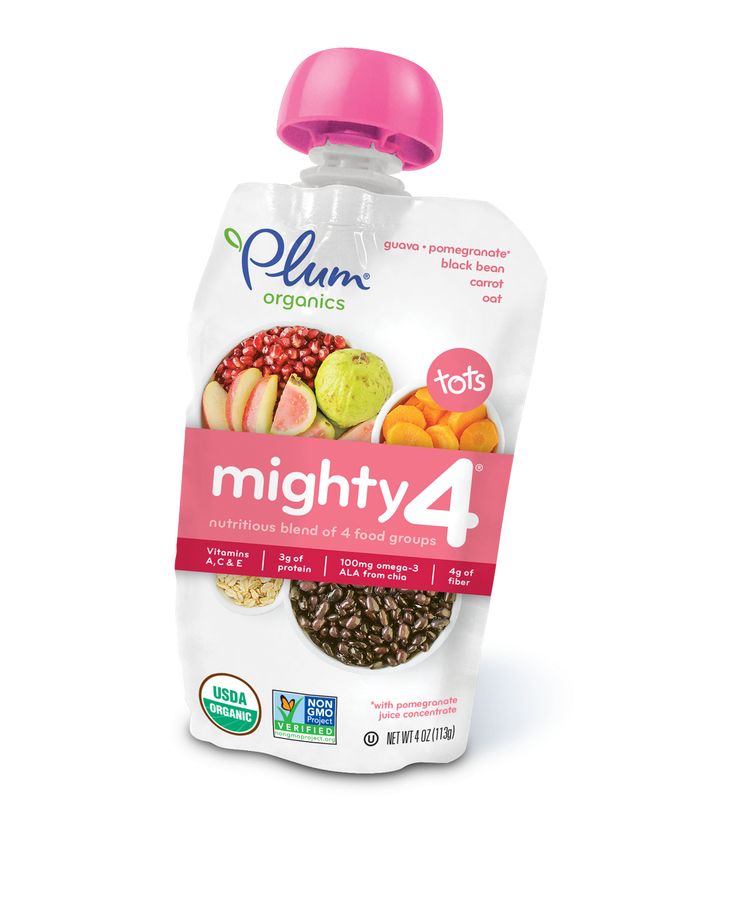 We have ten exciting baby food recipes for your baby’s first year. You can blend these to any consistency, but remember that a baby’s ability to chew and swallow varies widely in the early months of eating solids. Be sure to never feed your baby something chunkier than they—or their little teeth—can handle.
We have ten exciting baby food recipes for your baby’s first year. You can blend these to any consistency, but remember that a baby’s ability to chew and swallow varies widely in the early months of eating solids. Be sure to never feed your baby something chunkier than they—or their little teeth—can handle.
FRUIT SOUPS
Think applesauce but with different fruit mixes. Hard fruits like pears and apples will need to be cooked first. Things like bananas and blueberries can simply be mashed. (Strain berries with large seeds like raspberries.) Experiment with different fruits, combinations, and even spices like cinnamon, allspice, and nutmeg. As babies grow older, are able to swallow thicker textures (and get teeth!), let these soups and purees get chunkier, and try leaving skins on.
FRUIT SMOOTHIES
Whip a little unsweetened yogurt into your fruit soup puree and you’ve got a delicious smoothie. Add a drop or two of vanilla or some citrus zest for a fun flavor boost.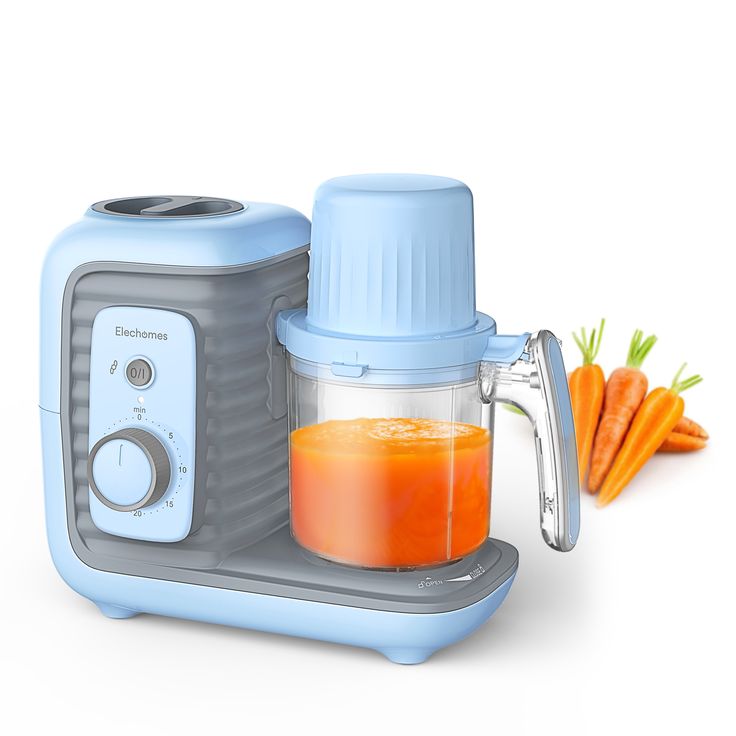
SUMMER VEGETABLE MEDLEY
Boil carrots, peas, green beans, and summer squash until cooked in just enough water to cover. Puree, adding some of the cooking water to reach your babe’s desired consistency. When she reaches the just-around-the-corner toddler years, this counts as sauce for pasta receipes.
STEWS
Puree rich combinations of organic meats, vegetables, and herbs and spices into a satisfying blend that introduces a nearly endless variety of new flavors. Go for a classic beef stew with parsnips and peas. Don’t forget a fish stew, fragrant with coconut oil.
EGG SCRAMBLES
It used to be that people waited until after the first year to offer egg yolks. If you have no history of egg allergy in your family and your baby is healthy, and has not already shown an allergic reaction, then the new guidelines suggest you can introduce eggs as early as six months. Cook yours with some cheese, a bit of pureed broccoli, and maybe even a pinch of onion powder for a full-flavored, finger-friendly treat.
SQUASH MASH
Bake any variety of squash or even yams. Mash together with some parmesan cheese and—if you dare—a pinch of mild chili powder. For a treat, combine with butter and cinnamon. Water can be added to make these purees less thick for the youngest among us.
LENTILS
These tiny legumes are really a perfect baby food. They can be blended with almost any steamed vegetable, fruit, or cooked grain for that matter. Add some basil and oregano for an extra taste bud-blooming kick. To work on the pincher grasp, put a few well cooked and unblended lentils on a high chair tray and watch your babe ‘go to town’.
MEATBALLS
Use organics ground turkey or grass-fed beef in any recipe that includes flavorful herbs and ingredients, like parmesan cheese, that together supply a complex taste profile. Blend for early eaters, and offer tiny non-choking-sized pieces to those toothy babies who are pushing twelve months.
PASTA
Simmer bite-sized chopped vegetables like sweet red peppers, onion, carrot, and tomato together until soft. Add ground meat if you like, with herbs like parsley, basil, and oregano. Serve with whole-wheat pastina or small-sized gluten-free quinoa pasta and a sprinkling of cheese—try bolder Romano instead of parmesan. Can easily be blended or pureed.
Add ground meat if you like, with herbs like parsley, basil, and oregano. Serve with whole-wheat pastina or small-sized gluten-free quinoa pasta and a sprinkling of cheese—try bolder Romano instead of parmesan. Can easily be blended or pureed.
GREAT GREENS
Calling all mini Popeyes! Kale, spinach, beet greens and more, sautéed in olive oil with garlic until soft don’t need to be blended. But finely chopped or pureed with fresh tomato and maybe a whole grain of choice (have you tried barley yet?), they’re divine.
FRUIT SOUPS
Think applesauce but with different fruit mixes. Hard fruits like pears and apples will need to be cooked first. Things like bananas and blueberries can simply be mashed. (Strain berries with large seeds like raspberries.) Experiment with different fruits, combinations, and even spices like cinnamon, allspice, and nutmeg. As babies grow older, are able to swallow thicker textures (and get teeth!), let these soups and purees get chunkier, and try leaving skins on.
FRUIT SMOOTHIES
Whip a little unsweetened yogurt into your fruit soup puree and you’ve got a delicious smoothie. Add a drop or two of vanilla or some citrus zest for a fun flavor boost.
SUMMER VEGETABLE MEDLEY
Boil carrots, peas, green beans, and summer squash until cooked in just enough water to cover. Puree, adding some of the cooking water to reach your babe’s desired consistency. When she reaches the just-around-the-corner toddler years, this counts as sauce for pasta receipes.
STEWS
Puree rich combinations of organic meats, vegetables, and herbs and spices into a satisfying blend that introduces a nearly endless variety of new flavors. Go for a classic beef stew with parsnips and peas. Don’t forget a fish stew, fragrant with coconut oil.
EGG SCRAMBLES
It used to be that people waited until after the first year to offer egg yolks. If you have no history of egg allergy in your family and your baby is healthy, and has not already shown an allergic reaction, then the new guidelines suggest you can introduce eggs as early as six months. Cook yours with some cheese, a bit of pureed broccoli, and maybe even a pinch of onion powder for a full-flavored, finger-friendly treat.
If you have no history of egg allergy in your family and your baby is healthy, and has not already shown an allergic reaction, then the new guidelines suggest you can introduce eggs as early as six months. Cook yours with some cheese, a bit of pureed broccoli, and maybe even a pinch of onion powder for a full-flavored, finger-friendly treat.
SQUASH MASH
Bake any variety of squash or even yams. Mash together with some parmesan cheese and—if you dare—a pinch of mild chili powder. For a treat, combine with butter and cinnamon. Water can be added to make these purees less thick for the youngest among us.
LENTILS
These tiny legumes are really a perfect baby food. They can be blended with almost any steamed vegetable, fruit, or cooked grain for that matter. Add some basil and oregano for an extra taste bud-blooming kick. To work on the pincher grasp, put a few well cooked and unblended lentils on a high chair tray and watch your babe 'go to town'.
MEATBALLS
Use organics ground turkey or grass-fed beef in any recipe that includes flavorful herbs and ingredients, like parmesan cheese, that together supply a complex taste profile. Blend for early eaters, and offer tiny non-choking-sized pieces to those toothy babies who are pushing twelve months.
PASTA
Simmer bite-sized chopped vegetables like sweet red peppers, onion, carrot, and tomato together until soft. Add ground meat if you like, with herbs like parsley, basil, and oregano. Serve with whole-wheat pastina or small-sized gluten-free quinoa pasta and a sprinkling of cheese—try bolder Romano instead of parmesan. Can easily be blended or pureed.
GREAT GREENS
Calling all mini Popeyes! Kale, spinach, beet greens and more, sautéed in olive oil with garlic until soft don’t need to be blended.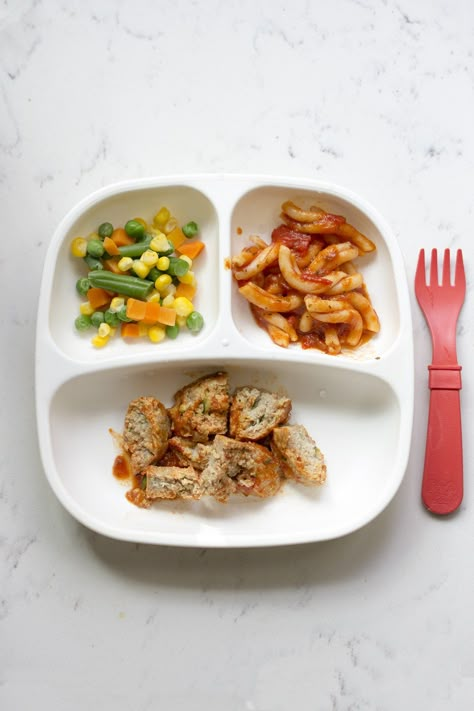 But finely chopped or pureed with fresh tomato and maybe a whole grain of choice (have you tried barley yet?), they’re divine.
But finely chopped or pureed with fresh tomato and maybe a whole grain of choice (have you tried barley yet?), they’re divine.
Tags
- First 1000 Days
- First Foods
Mixed infant feeding: how to start and introduce | Scheme and diet, menu for mixed feeding
Co-author, editor and medical expert - Klimovich Elina Valerievna.
Number of views: 66 863
Date last updated: 10/21/2022
Average read time: 4 minutes
, which means switching to mixed feeding. It is recommended to make a decision on the transfer of a newborn to mixed feeding together with a pediatrician who will help you choose the right mixture.
Contents:
When do mothers switch to mixed feeding?
How to organize mixed feeding?
When do mothers switch to mixed feeding?
1. Lack of own milk
Lack of own milk
In some cases, even if the mother puts the baby to the breast on demand, the child may still remain hungry and gain weight poorly. This is often evidenced by loud crying after eating. In this case, experts speak of hypolactia, when milk production is reduced due to a hormonal disorder.
The “wet diaper” method will help to make sure that the baby really does not have enough milk. Do not put "diapers" on your baby and count the number of his urination in one day. From two weeks of age to six months, the result is evaluated as follows: if you counted 12 or more wet diapers, then you have nothing to worry about, 8–10 wet diapers indicate that lactation has decreased, 6 or less - the child does not have enough milk, and urgent action should be taken.
Tip! Today there are many ways to increase lactation, but if they do not help, you should consult a pediatrician who will choose the right formula for supplementary feeding.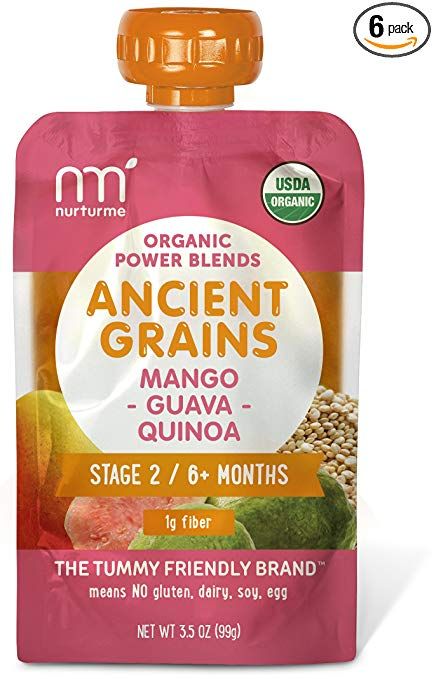
2. Lack of calories
Some mothers think that their milk is not nutritious enough. Most often, they come to such conclusions by expressing clear milk with a bluish tinge. But it cannot be nonnutritive or nutritious. Milk is “rear”, saturated white, thicker and fatter (for a child, this is “food”), and “front”, liquid with a bluish tint (“drink”).
Tip! If the amount of urination is normal, but the baby is not gaining weight, then you need to think about whether your baby is getting "hind" milk. To do this, offer him only 1 breast during 1 feeding.
3. Coming to work
Some mothers have to reduce the number of feedings after going to work. And their first impulse is to switch to mixed feeding. But you should always remember that the best food for a child is mother's milk. If you want to go to work, try to prepare for this in advance. Make a "strategic stock" of breast milk in the freezer so your baby always has food, even when you're not around.
Tip! If you plan to go to work when your baby has started to receive complementary foods, then try to organize meals so that complementary foods are given to him in your absence. So you will have the opportunity to reduce the amount of formula or defrosted in his diet
Up to the content
How to organize mixed feeding?
Mixed nutrition has its own characteristics, which are very important for a nursing mother to know.
Basic rules for mixed feeding:
- The timing of the introduction of complementary foods depends on the amount of breast milk the baby receives. If it is 50-70%, then it is administered as with breastfeeding (at 6 months). If less than 50% of breast milk is present in the baby's diet, then complementary foods can be introduced at the age of 5 months.
- Always offer the breast first. Only if you see that the baby is not full, and the breasts are empty, then give him a mixture. It also helps increase lactation.
 The mixture should be introduced gradually. On the first day - 10 ml / 1 time, the second - 10 ml / 3 times, the third - 20 ml / 3 times. Increase the portion, bringing it to the norm.
The mixture should be introduced gradually. On the first day - 10 ml / 1 time, the second - 10 ml / 3 times, the third - 20 ml / 3 times. Increase the portion, bringing it to the norm. - Only the breast should be given at night and formula should be avoided. This is due to the fact that from 3 to 8 am, prolactin is actively produced, which is responsible for lactation.
- Feed according to schedule (every 3-4 hours) and breastfeed on demand.
- Keep water boiled and utensils and formula sterile. You need to cook right before eating.
- Use a spoon instead of a bottle for complementary foods. Then you can avoid breast rejection.
- Remember that mixed-fed babies should be given water, as dehydration can lead to poor digestion.
Follow these simple rules and try to keep your baby breastfed for as long as possible. Your milk, even though it's not your baby's only food, contains invaluable trace minerals that will keep your baby healthy and strong.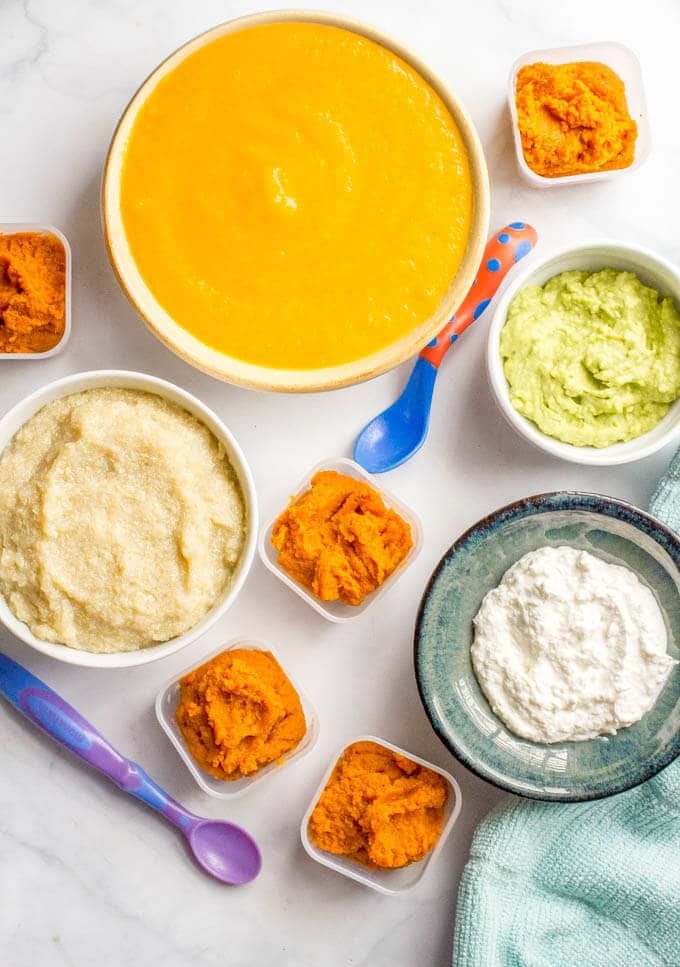
Back to Contents
The information in this article is for reference only and does not replace professional medical advice. For diagnosis and treatment, contact a qualified specialist.
Mixed feeding: when is it necessary and how to organize it
Formula supplementation should be introduced and discontinued gradually, focusing on the child's weight gain
How to understand that an infant needs to be supplemented? What to consider when choosing a mixture? How to maintain lactation and when to stop supplementary feeding? We answer common questions from parents about mixed feeding together with Olga Lukoyanova, MD, pediatrician, neonatologist, leading researcher at the Healthy and Sick Child Nutrition Laboratory of the National Medical Research Center for Children's Health.
When mixed feeding is recommended
The reasons for introducing supplementary foods may vary, but the main one is the lack of mother's milk. There are other situations where this is necessary, but they are much less common.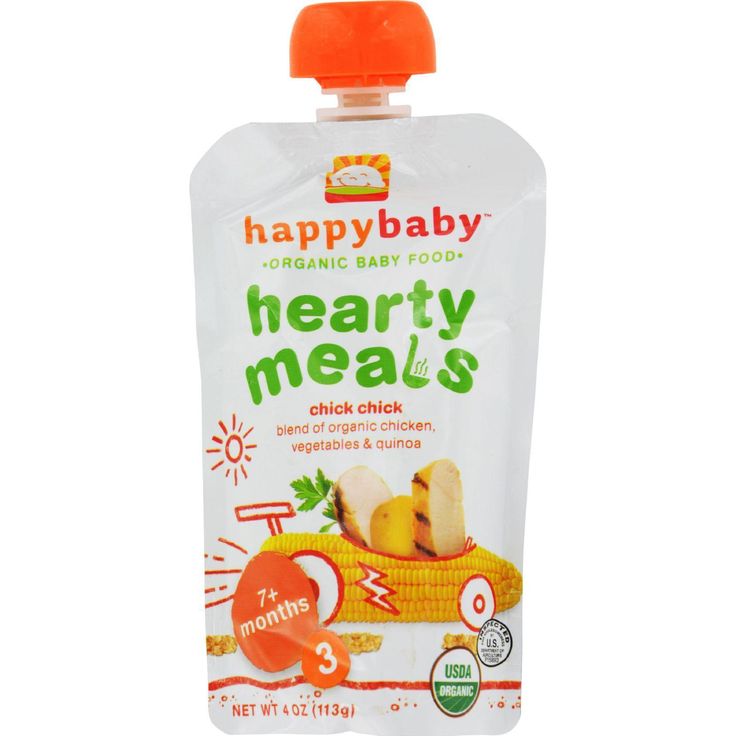 Sometimes an allergy in an infant, frequent regurgitation, constipation is considered a sufficient reason for mixed feeding, but this is not the case. By themselves, these conditions are not yet a reason to introduce supplementary feeding - often these problems can be solved by changing the diet of the mother or prescribing medication to the mother or child.
Sometimes an allergy in an infant, frequent regurgitation, constipation is considered a sufficient reason for mixed feeding, but this is not the case. By themselves, these conditions are not yet a reason to introduce supplementary feeding - often these problems can be solved by changing the diet of the mother or prescribing medication to the mother or child.
Only in very rare cases (for example, a combination of constipation in a child and a lack of milk in a mother) do you have to introduce a medicinal mixture as a supplement. There are also very rare hereditary diseases (for example, phenylketonuria and other metabolic disorders) when it is really necessary to find the right combination of breast milk and a suitable therapeutic formula.
Not a single, even the most modern, adapted milk formula can be a complete replacement for mother's milk - it is, by and large, irreplaceable. Therefore, supplementary feeding is introduced only when all the ways to stimulate lactation have been exhausted and there are obvious signs of a lack of breast milk.
The main guideline is weight gain
How can you tell if a mother is really low on milk? This is a medical problem that should be addressed to a pediatrician or neonatologist. He will listen to the mother's complaints, weigh the child, evaluate his behavior and the dynamics of weight gain. By the way, in 2019, at the initiative of the Union of Pediatricians of Russia, a Program was created to optimize the feeding of children in the first year of life. A whole section of this document approved by the Ministry of Health is devoted to how to understand that a child is not getting enough mother's milk and when supplementary feeding is introduced.
The big problem is the too early and unreasonable introduction of supplementary feeding in the maternity hospital (on the first or third day after birth). However, it should not be administered when the child is crying and seems to be hungry.
In the first few days after birth, breast milk is often not enough. But if the mother is constantly next to the baby, often puts it to the breast and feeds on demand, then lactation is quickly getting better and supplementary feeding is usually not needed.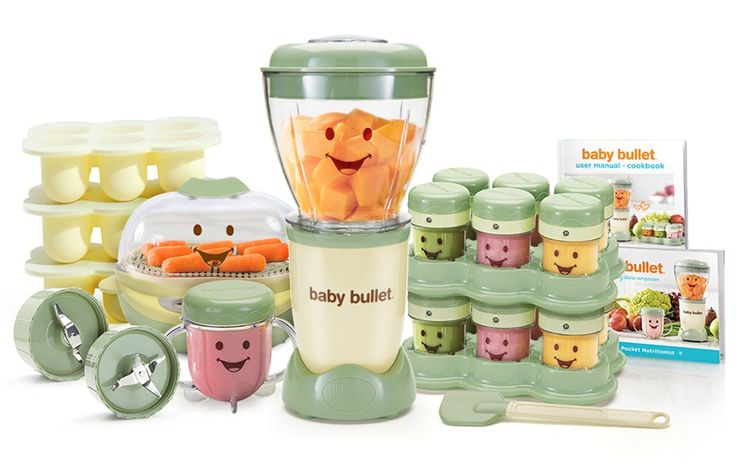
After discharge from the maternity hospital, the mother is left alone with her baby and, as a rule, is especially worried about his nutrition. But in the first days and weeks, the child naturally loses weight, and this does not mean at all that there is not enough milk. According to WHO experts, body weight can return to what it was at birth only by the end of the second week of life.
You can understand that there is not enough milk, for example, by the color of the baby's urine - normally it should be light, not concentrated. Another indicator is the number of bowel movements: they should be at least 4-6 per day. But the most reliable way to find out if the baby has enough mother's milk is regular weighing. Scales for newborns do not have to be bought, they can be rented - this will save money and reduce parental anxiety.
The baby should be weighed without clothes and a diaper at the same time of day. There is no need to do this before and after feeding - he can suck out different amounts of milk at a time.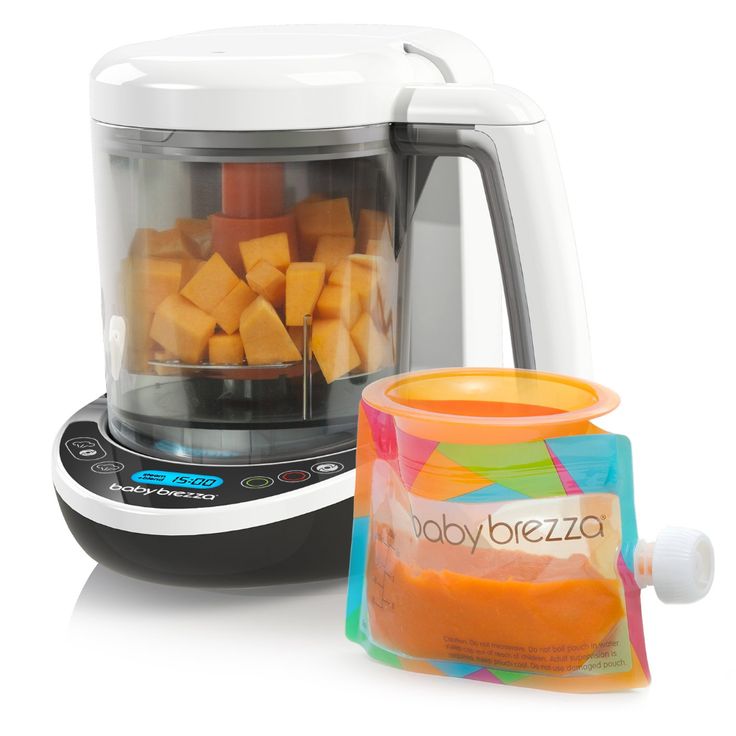 It is better to track the weight once a day, every 3 days, or even once a week.
It is better to track the weight once a day, every 3 days, or even once a week.
For the first month, the minimum required is an increase of 25–30 g per day from the second week of life, or 400–600 g of birth weight. If during this time the child gained less than 400 g, then supplementary feeding should be introduced.
At the same time, it is necessary to continue to stimulate lactation, to put the baby to the breast as often as possible and try to keep mother's milk as the basis of the diet, and also to continue weighing the baby. If in the second month of life the increase is 180–200 g per week, then supplementary feeding is not needed.
At the age of 3-6 months, the rate of weight gain decreases to 120-130 g per week. In addition to weight dynamics, pay attention to other signs. If the child is often worried, rarely urinates, and at the same time the urine is concentrated, saturated in color, resume weighing once a day and share your concerns with the pediatrician.
How to choose the right milk formula
All formulas on the market are certified to be as close as possible to breast milk, adapted to the needs of babies, fortified with essential substances and similar in composition. To understand what kind of mixture a child needs for supplementary feeding, it is important to remember the features of his development. If there are no complaints, but the mother has little milk, then, in principle, the parents themselves can choose any milk formula for healthy children.
However, if there are complaints (regurgitation, constipation, allergies, colic), then a doctor will help you choose a special therapeutic mixture. After all, even ordinary, it would seem, infantile constipation can have different causes - for example, allergies. And in this case, even a therapeutic mixture for constipation will be useless. Therefore, first you need to find out the cause of the problem, and only then select a mixture that will help eliminate it.
Sometimes parents try to find the right formula for their baby by changing brands. However, firstly, the effect of introducing a new formula becomes noticeable no earlier than after 2 weeks. Secondly, mixtures of the same type (for example, for healthy children in the first six months of life or against colic and constipation) are almost identical in composition, regardless of the brand. Mixtures for different purposes from the same manufacturer differ much more from each other. Therefore, instead of changing brands, you need to look for a solution to the problem together with a specialist.
How to maintain lactation with mixed feeding
To prevent the milk from "leaking", formula should be given only after the baby is attached to the breast. To prevent a baby from switching to a pacifier, alternative methods of supplementary feeding are sometimes offered - for example, feeding from a spoon or through a drinking bowl. This approach can be applied to older children, especially if the proportion of complementary foods in the diet is small. But if the child is small, and the mixture is, for example, 50% of the daily ration or more, then it is still more convenient to supplement it from a bottle with a nipple. And so that the baby does not wean from the breast, it must be applied to it as often as possible - both day and night.
But if the child is small, and the mixture is, for example, 50% of the daily ration or more, then it is still more convenient to supplement it from a bottle with a nipple. And so that the baby does not wean from the breast, it must be applied to it as often as possible - both day and night.
Of course, there is a risk of reduced lactation - studies show that the introduction of supplementary foods reduces the success of breastfeeding. But here it is important not to fall into another vicious circle: if a mother is very worried that she does not have enough milk, and the child is really screaming from hunger, then there will be even less milk. Therefore, it is better to introduce supplementary feeding for this period, calm down, continue to stimulate lactation, achieve stable weight gain in the baby, and then begin the gradual abolition of supplementary feeding.
How to correctly calculate the amount of formula
The amount of supplementary feeding depends on the mother's milk production, the age and weight of the baby, so there are no clear recommendations here. First of all, you need to focus on the condition and well-being of the child after feeding. For example, a 1-month-old baby may start with 10 ml (2 teaspoons) of supplementary feeding after breastfeeding, older children may need 30 ml.
First of all, you need to focus on the condition and well-being of the child after feeding. For example, a 1-month-old baby may start with 10 ml (2 teaspoons) of supplementary feeding after breastfeeding, older children may need 30 ml.
After feeding, observe the condition of the baby: if he behaves calmly, then the mixture is enough and next time you can give the same amount. If the child is restless, you can gradually increase the amount of the mixture and control weight gain. It is not necessary to supplement the baby with each breastfeed - as a rule, it is enough to do this 2-3 times a day.
Supplementary feeding should be canceled in time
Supplementary feeding should remain a temporary phenomenon, therefore, against the background of its introduction, it is necessary to continue to stimulate lactation: often attach the baby to the breast, use special thermal pads on the breast before feeding, drink a hot drink before feeding, do contrast pouring over the breast area.